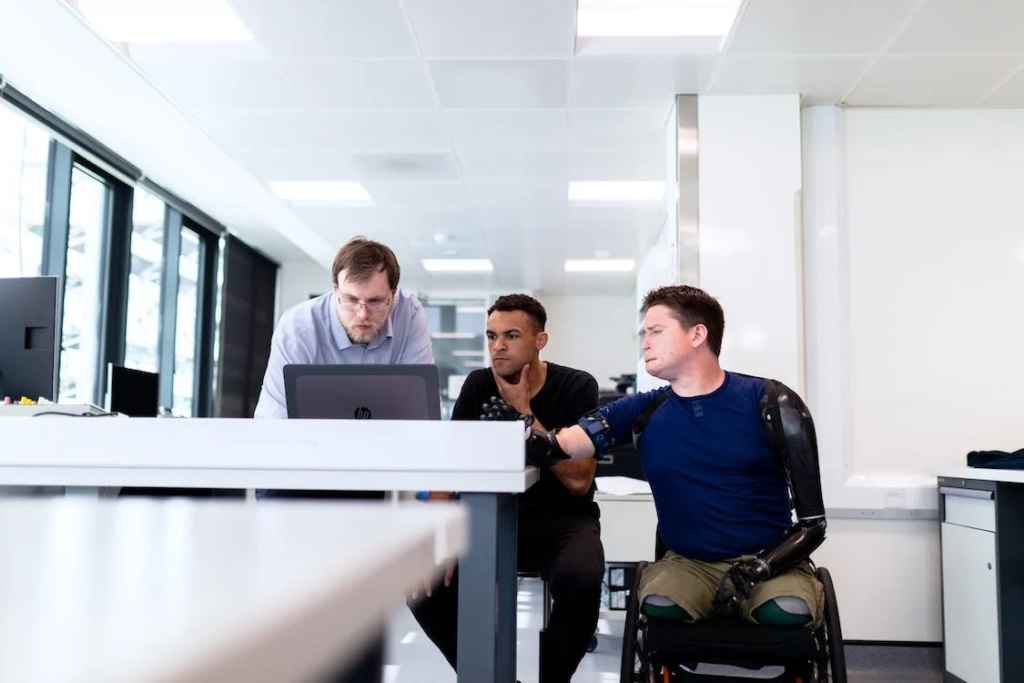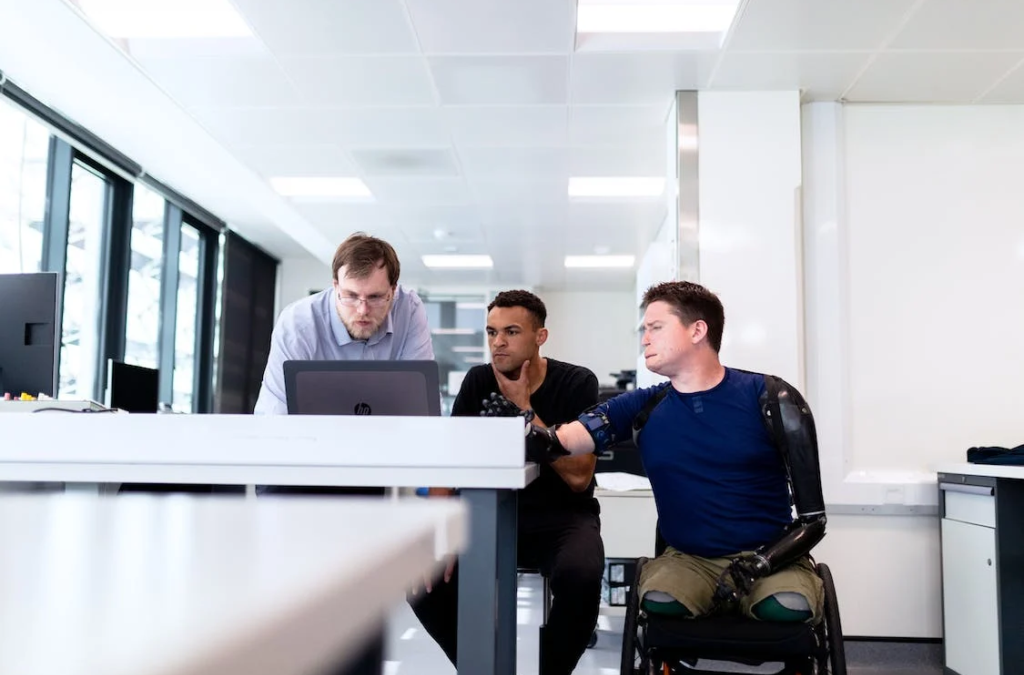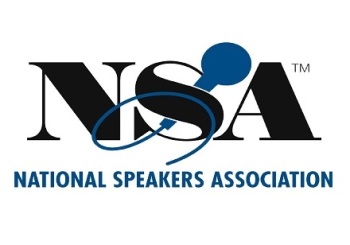
By guest author, Elijah Dawson
Employers have a responsibility to create an inclusive workplace that is welcoming and accommodating to employees with disabilities. This can mean making reasonable adjustments such as providing access to assistive technology or flexible working hours. While this may seem like a daunting task, there are several steps employers can take to ensure that their recruitment process is inclusive and accessible for all.
Visit Keep It Together Man for resources and support for overcoming challenges and living your best life.
Get an EIN to Ensure State Tax Compliance
Having an employer identification number (EIN) is essential for employers that plan to hire employees with disabilities. An EIN helps a business comply with federal and state taxes and also helps identify the business itself. With an EIN in place, employers are able to file taxes for any of their employees who need such services due to a disability.
Make Your Culture More Inclusive
Creating a more inclusive culture starts from the top down. It’s important for employers to set the tone when it comes to creating an environment that values diversity and inclusion. This could include implementing policies that promote equal opportunity employment, as well as providing training for managers on how to recognize and address unconscious bias in the workplace.
Budget for Office Space
Employers should budget for workplace accommodations to ensure all people have access to the same resources. Providing assistive technology and making sure physical workspaces are accessible is essential in order to create an inclusive workplace environment. It is also important to stay up-to-date on any changes in accessibility laws or regulations, so companies can remain compliant.
Review Job Descriptions
It’s important for employers to review job descriptions before posting them online or sending them out in recruiting emails/letters. Make sure that job postings use language that is free from stereotypes, gender biases, ageism, and ableism. This will help ensure that all potential candidates feel welcome when applying for a position within your organization.
Streamline the Recruitment Process
When designing recruitment processes, accessibility should be a priority from start to finish. This includes everything from posting job openings and reviewing resumes/cover letters online, to conducting interviews via phone or video conference calls. It is important that these processes are designed to be straightforward and easy to understand so applicants are comfortable moving through the stages with confidence instead of feeling overwhelmed and confused.
Digitize Your Documents
Digitizing documents makes it easy for employers to keep track of recruitment documents like resumes and job descriptions. Not only does this ensure confidential information remains secure at every stage, but it also prevents physical paperwork from being lost or mismanaged. This also enables employers to easily share documents securely with other members of staff involved in the process.
Offer to Pay for Education
Continuing education funding provides many opportunities for individuals with disabilities who may not have access due to financial constraints. Scholarships and grants are a great way to attract more motivated applicants. Additionally, online programs that offer courses tailored to people with disabilities can be beneficial if you are looking for specific expertise related to their disability.
Working with people with disabilities can give a business valuable insight and help foster a diverse and inclusive workplace. Employers must ensure that any recruitment process implemented is compliant with legal regulations, while also taking into account the needs of individuals with disabilities. Practical steps to take include budgeting for reasonable accommodations, obtaining an EIN number, and writing inclusive job descriptions. Doing so will go a long way in helping create a welcoming work environment that is accessible to all.



